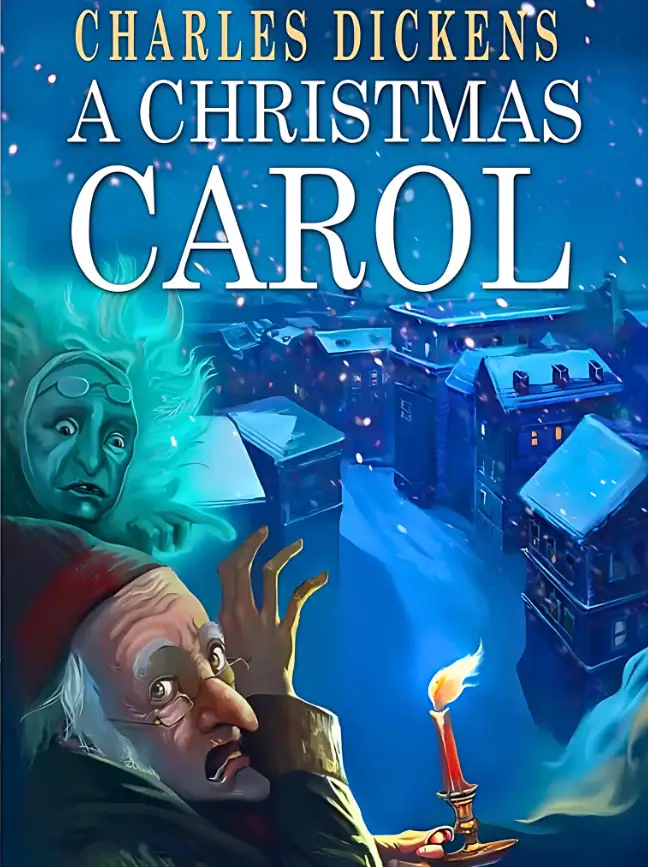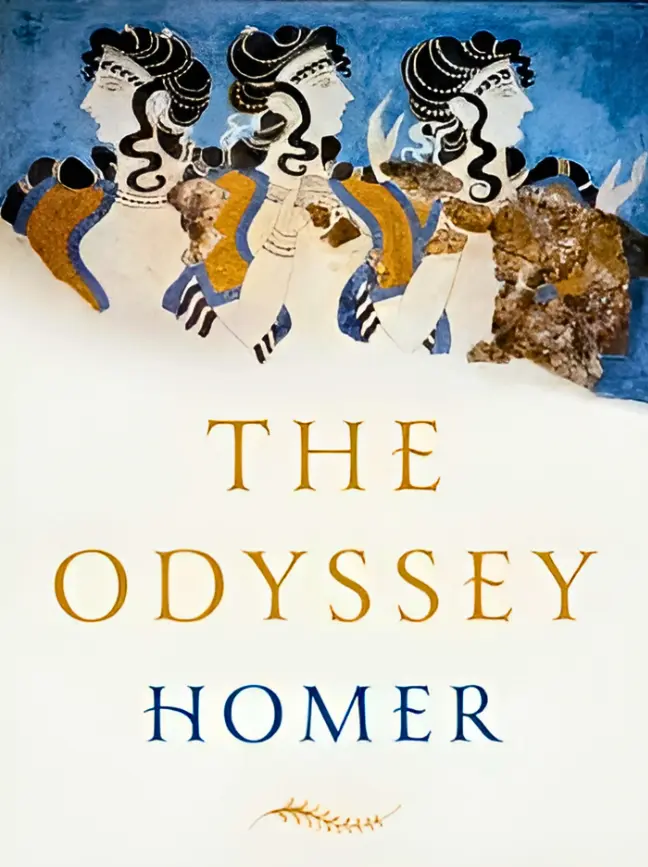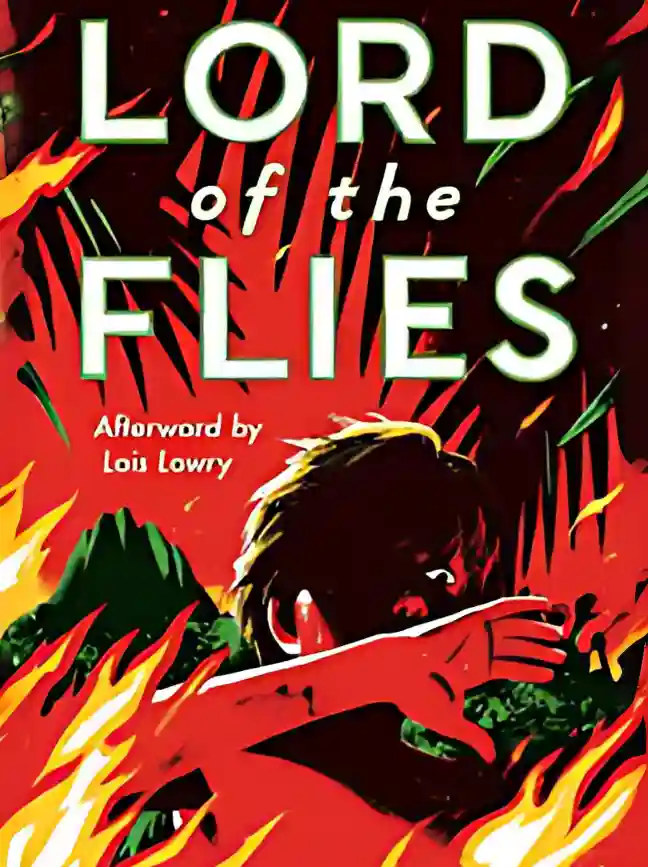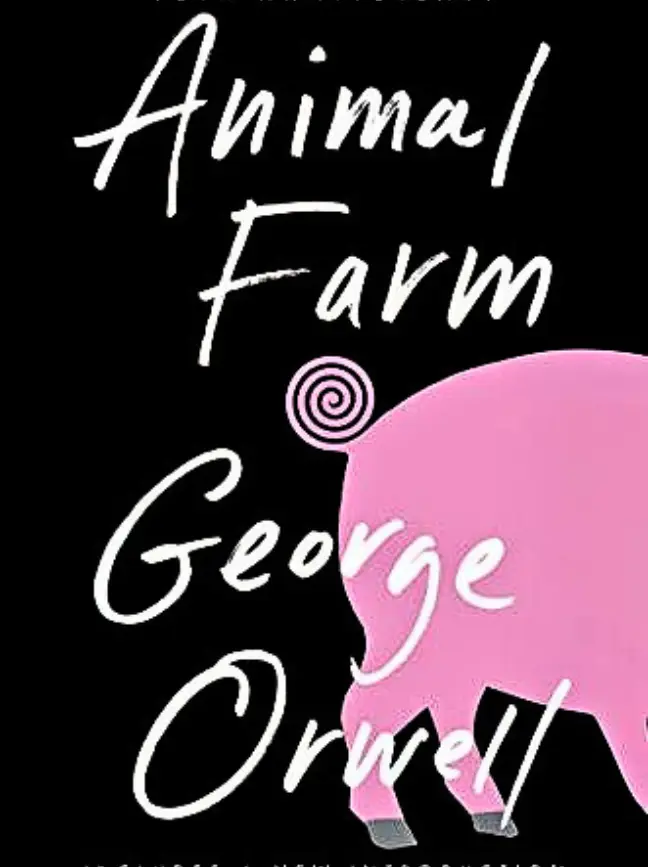I have taught happiness to hundreds of thousands of people around the world. It is not obvious why I ended up doing this work: I have been a pretty wound-up, anxious person for significant chunks of my life and
was thrown out of my first meditation class (for laughing while we chanted “I am a being of purple fire”). Life can surprise us, though, in giving us the work we are here to do. So nearly every day in classrooms of different kinds, from kindergarten circle rugs to lecture halls in Berkeley, from the apses of churches to inside prisons, from sterile conference rooms in hospitals to gatherings in nature, I’ve taught people about finding the good life.
What we are seeking in such inquiry is an answer to a perennial question, one we have been asking in different ways for tens of thousands of years: How can we live the good life? One enlivened by joy and community and meaning, that brings us a sense of worth and belonging and strengthens the people and natural environments around us? Now, twenty years into teaching happiness, I have an answer:
FIND AWE.
Awe is the emotion we experience when we encounter vast mysteries that we don’t understand. Why would I recommend that you find happiness in an emotion that is so fleeting and evanescent? A feeling so elusive that it resists simple description? That requires the unexpected, and moves us toward mystery and the unknown rather than what is certain and easy?
Because we can find awe anywhere. Because doing so doesn’t require money or the burning of fossil fuels—or even much time. Our research suggests that just a couple of minutes a day will do. Because we have a basic need for awe wired into our brains and bodies, finding awe is easy if we just take a moment and wonder. Because all of us, no matter what our background, can find our own meaningful path to awe. Because brief moments of awe are as good for your mind and body as anything you might do.
My hope for you in reading this book is simple—it is that you will find more awe.
In the service of this aim, I will need to tell you four stories.
The first is the new science of awe. In ways I am beginning to understand, I was raised to study awe with the tools of science. My mom taught poetry and literature at a large public university, and in how she lived her life she taught me about the wisdom of the passions and to speak truth to power. My dad painted in the horrifying and beautiful style of Francisco Goya and Francis Bacon and suggested that life is about seeking the Tao with your Zen mind, beginner’s mind. I grew up in wild Laurel Canyon, California, in the late 1960s, with the Doors and Joni Mitchell as neighbors, and then in the hardscrabble foothills of the Sierras, where a poor, rural wildness prevailed. The soaring ideas of the times—civil rights, antiwar protests, women’s rights, sexual and artistic revolution, Watergate—filled the conversations at our dinner table and posters on the walls of our home.
I spent unusual amounts of time as a child looking at art and hearing about great scenes and characters in novels, poems, paintings, and films. But I showed no early talents, to my chagrin, for literary analysis or writing fiction, nor painting or drawing, for that matter. Instead, I was awestruck by dinosaurs, natural history museums, sports statistics, basketball, the Beatles, the biological life of ponds and creeks, and being near mountains, rivers, and wide-open, star-filled skies. Given the passion-filled home and the passionate era I was raised in, I guess it makes sense that I would devote my career to mapping emotions with science, first at the University of Wisconsin–Madison and then at University of California, Berkeley.
Early in my career, I spent hundreds of hours in a basement lab discerning in frame-by-frame video analysis the expressions of embarrassment and shame—fitting for the paranoid young professor that I was. With the arrival of two daughters and the delights of family life filling my days, I would turn to the wonders of laughter, how we express love in the face and body, the vocalizations and physiological patterns of compassion, and how with simple acts of touch we can express gratitude. This work was animated by the thesis that emotions like compassion, gratitude, and love are the glue of social relations, which I summarized in my book Born to Be Good: The Science of a Meaningful Life.
What about awe, though? Is awe a fundamental emotion, a universal core to who we are, like fear, anger, or joy? How would one study awe scientifically? Measure feelings that seem beyond words? Could we bring awe, so mysterious in how it arises, reliably into the lab?
Fifteen years ago, my PhD students and I as well as other scientists around the world began to find awe in the lab. We charted this elusive emotion with new measures of the brain and body, physical responses like tears and piloerection (the contraction of small muscles surrounding hair follicles), sensations like the chills, and demonstrations of how awe transforms the ways we think and act. We have studied how we feel awe near great trees and in looking out at panoramic views. At sporting events, punk rock shows, and in the flowing effervescence of dance. In mystical experiences in prayer, meditation, yoga, and during psychedelic trips. In peak experiences with music, visual art, poetry, fiction, and drama. Science found awe, producing the first story of awe I will tell.
Before science, humans were making sense of awe in forms of culture. The second story we will hear, then, is how culture archives awe. This is a story of how we create music, visual art, religion, fiction, and film to share in experiences of awe, so that we may understand the vast mysteries we face together in a culture we call our own. Awe animates the stories, ceremonies, rituals, and visual designs of Indigenous peoples dating back tens of thousands of years. You might think of these as our first awe technologies. Awe structures the legends, myths, temples, and sacred texts
of religions. It jumps out of paintings, photographs, and films, from Goya to Berlin street artists to the films of Miyazaki. And you can sense it in your body and feel its form in nearly every kind of music, from the sounds of the kora of West Africa to an Indian raga to Nicki Minaj.
Science tends toward generalization. Cultural forms aspire to idealization, and often some perfection of form. There is a third story of awe we need to hear, the personal and first-person. This became clear to me when I asked people this question and listened to the stories they told:
What is an experience of awe that you have had, when you encountered a vast mystery that transcends your understanding of the world?
If you have a spare moment, you might think of an awe story of your own.
The stories I heard people tell reveal timeless truths about awe. About the awe of watching a quadriplegic person, a former Olympic athlete, take his first steps while recovering from a devastating injury to his spine. Or being in the front row of a Coltrane concert when he was just breaking big. Or from a woman in the CIA at Abu Ghraib, who discovered her pacifism in looking at the currents of the Euphrates River.
Moved by these narratives, I gathered personal stories of awe from doctors, combat veterans, professional athletes, prisoners, writers, environmentalists, poets, musicians, artists, photographers, filmmakers, ministers, Indigenous scholars, spiritual pilgrims, midwives, and hospice workers. Stories about the courage of people who suffer with disease and how nature transforms the traumas of combat. Of how music allows us to find home in a strange land. About what it is like to nearly die, and how we make sense of such extraordinary experiences. These personal stories revealed first-person truths in a particularity, metaphor, image, and vernacular that science simply cannot capture, and that cultural forms only approximate.
These three stories of awe—the scientific, the cultural, and the personal
—converge on an understanding of how we can find awe. Where do we find it? In response to what I will call the eight wonders of life, which include the strength, courage, and kindness of others; collective movement in actions like dance and sports; nature; music; art and visual design; mystical encounters; encountering life and death; and big ideas or epiphanies. These wonders are all around us, if we only pause for a moment and open our minds. There are so many opportunities for everyday awe.
How does awe transform us? By quieting the nagging, self-critical, overbearing, status-conscious voice of our self, or ego, and empowering us to collaborate, to open our minds to wonders, and to see the deep patterns of life.
Why awe? Because in our distal evolution as very social mammals, those individuals who united with others in awe-like patterns of behavior fared well in encounters with threats and the unknown. And because in the more proximal calculus of thriving in the present, awe brings us joy, meaning, and community, along with healthier bodies and more creative minds.
There is one last story of awe that led me to write this book, one I had no interest in being part of. That story began on a blustery January day in 2019.
On that day, I stepped off a handball court, sweaty and unburdened, having finished a tough game with my longtime partner, Isaac. I looked at my iPhone on my gym bag. Two texts.
From my brother’s wife, Kim:
Can you come here as fast as possible? Fifteen minutes later from my mom:
It’s over. Rolf took the cocktail. He is leaving us.
Rolf is my younger brother, born a year after me in a small clinic in Jalisco, Mexico. The “cocktail” was the combination of end-of-life opiates he took, which usually ends a human life in an hour or two.
I called Kim, who summarized.
It was a bright morning with a blue sky. Rolf and Lucy [their fourteen-year-old daughter] sat outside and had a long talk in the sun. Rolf came in and said he was ready. He took it at three p.m. He wandered around the kitchen. Checked the fridge. Rambled. I told him it was time to lie down. . . . So we lay down in his bed. After a while he fell asleep. He’s snoring. Here, listen . . .
Kim put the phone up to Rolf’s mouth. I heard the deep, rhythmic vibration of his vocal cords—his death rattle.
My parents are here. Your dad and Nancy are on their way. Can you bring your mom?
We’ll get there as soon as we can, I replied. Thank you, Kim.
I picked up my wife, Mollie, and our daughters, Natalie and Serafina, in Berkeley, then my mom in Sacramento. We arrived at Rolf and Kim’s home in the foothills of the Sierras at ten p.m.
Rolf was lying in a bed downstairs, which he had retreated to in his last weeks. He lay on his stomach and right cheek, his head tilted slightly upward. My dad held his foot. I leaned in near his midsection. My mom was at the head of the bed, stroking his thin hair.
Rolf’s face was full and flushed. The sunken eyes and gaunt cheeks caused by colon cancer were gone; the tightened, sagging skin around his mouth smoothed. His lips curled upward at the corners.
I rested my right hand on his left shoulder, a rounded protrusion of bone. I held it the way I would the smooth granite stones we used to find near the rivers we swam in as young brothers.
Rolf . . . This is Dach . . .
You are the best brother in the world.
My daughter Natalie laid her hand lightly on his shoulder blades: We love you, Rolf.
The cycle of his breathing slowed. He was listening. Aware.
Listening to Rolf’s breath, I sensed the vast expanse of fifty-five years of our brotherhood. Roaming Laurel Canyon in the late ’60s, spying on rock-and-roll neighbors and skateboarding through Volkswagen-lined streets. In our adolescence, walking the wild foothills of the Sierras, and playing Little League on the Penryn A’s, me pitching, Rolf, a long-haired lefty, on first, a mischievous light in his eyes saying Man, this is fun! As young adults, on wild trips to Mexico, dancing in clubs, wandering in the high Sierras. And then in graduate school, buying wedding suits and being each other’s best man, becoming teachers and fathers to daughters.
I sensed a light radiating from Rolf’s face. It pulsated in concentric circles, spreading outward, touching us as we leaned in with slightly bowed heads. The chatter in my mind, clasping words about the stages of colon cancer, new treatments, lymph nodes, and survival rates, faded. I could sense a force around his body pulling him away. And questions in my mind.
What is Rolf thinking? What is he feeling?
What does it mean for him to die? A voice in my mind said:
I feel awe.
My feeling in that overwhelming moment shared some essence with experiences of awe from my past, both big (for example, seeing Nelson Mandela speak after his twenty-seven years of captivity with fifty thousand other people) and small (seeing the dusk light on an oak tree, listening to my young daughters’ duets of laughter). Watching Rolf pass, I felt small. Quiet. Humble. Pure. The boundaries that separated me from the outside world faded. I felt surrounded by something vast and warm. My mind was open, curious, aware, wondering.
A couple of weeks after Rolf’s passing, Kim brought together friends and family to tell our stories of Rolf. We talked about his fascination with clowns and magic tricks, and how he loved to cook for crowds of friends and enthrall neighborhood kids with his over-the-top Halloween costumes. From his coworkers came stories of how he calmed the most difficult boys at a little mountain school where they taught. And then the stories tapered off and we fell into a silence. A church bell rang, stirring a spiral of blackbirds out of the trees, rising into a sky heavy with dark gray clouds. We shook hands and hugged and then walked quietly out of Rolf and Kim’s home to return to our lives, mine with a Rolf-sized hole in it.
In the grief that followed, I would regularly jolt awake before dawn, gasping. My body ran hot. I ached physically. I dreamed dreams unlike anything I’d experienced before. In one, I was walking up a dark, winding dirt road to an illuminated Victorian that resembled our childhood home in Penryn. Rolf burst around a corner in yellow shorts, running in his high school miler strides. He stopped, smiled, waved, and moved his lips, uttering words he knew I could no longer hear. I experienced the hallucinations that Joan Didion describes in The Year of Magical Thinking. I saw the outline of Rolf’s face in the shifting boundaries of neighboring clouds. On one walk on the Berkeley campus, I saw his chemo-exhausted eyes in the spiraling bark of a redwood tree. I heard his voice in the rustling of leaves, his sigh in the wind. On two occasions I was so convinced I had seen him that I followed strangers whose shoulders, foreheads, freckles, and jawlines looked like his.
Our minds are relational: we see life patterns through our shared experiences with others, sense life’s significant themes in the sounds of others’ voices, and feel embraced in things larger than the self through others’ touch. I saw the wonders of the world through Rolf’s eyes. With his passing, I felt aweless. And my companion in awe was no longer around to help me make sense of the vastest mystery I had encountered in my fifty-seven years of living.
A loud voice called out:
FIND AWE.
Knowing of awe’s many benefits, and that we can find it all around us, I went in search of awe. I took a moment each day to be open to the awe-inspiring around me. I sought out places of importance in the history of awe. I engaged in open-ended conversations with people I consider awe pioneers. I immersed myself as a newcomer in various wonders of life. These explorations led to personal experiences, memories, dreams, and insights that helped me make sense of losing my brother. They brought me to the conviction that awe is almost always nearby, and is a pathway to healing and growing in the face of the losses and traumas that are part of life.
There are four stories of awe, then, for us to consider together—the scientific, the personal, the cultural, and one about the growth that awe can bring us when we face hardship, uncertainty, loss, and the unknown. I have organized this book accordingly. The first three chapters traverse the scientific story of awe. We consider what awe is, the contexts in which it arises, how it differs from fear and beauty, and how it feels in our everyday lives (chapter 1). We follow how awe transforms our sense of self, our thought, and our relation to the world (chapter 2). And we take an evolutionary journey back in time to ask: Why awe? Jane Goodall, a hero of mine, believed that chimpanzees feel awe and have a sense of spirituality grounded in a capacity Goodall describes as being amazed at things outside
yourself. Animated by this mystery, we will investigate where our chills, tears, wide-open eyes and mouths, and wows and whoas come from in our mammalian evolution, and what this tells us about the primordial meaning of awe (chapter 3).
In the second section of the book, we turn to personal stories of awe. We will hear stories about the transcendent power of others’ moral beauty and its place in prisons and more life-enhancing institutions like libraries and hospitals (chapter 4). About finding collective effervescence in ecstatic dance and professional basketball and in the collective movements of our daily lives (chapter 5). About nature and how it can help heal the traumas of combat, loneliness, and poverty (chapter 6).
The third section shifts to a treatment of how culture archives awe in different forms. We will consider the place of awe in music (chapter 7), visual art (chapter 8), and religion and spirituality (chapter 9). These are large tasks indeed but illuminating once we narrow in on the place of awe in these creative forms of culture.
The last section of the book returns to how awe helps us grow when we face loss and trauma, and more generally when we face the unknowns and uncertainties of life. It was striking for me to learn how central awe is in how we grapple with life and death and their ever-repeating, species-shaping cycle (chapter 10). And how across the eight wonders of life, awe reveals big insights to us about the point of our lives in our continual search for meaning (chapter 11).
In teaching happiness for more than twenty years, I have seen how much health and well-being we gain by being amazed at things outside ourselves. By finding awe. From our first breath to our last, awe moves us to deepen our relations with the wonders of life and to marvel at the vast mysteries that are part of our fleeting time here, guided by this most human of emotions.








